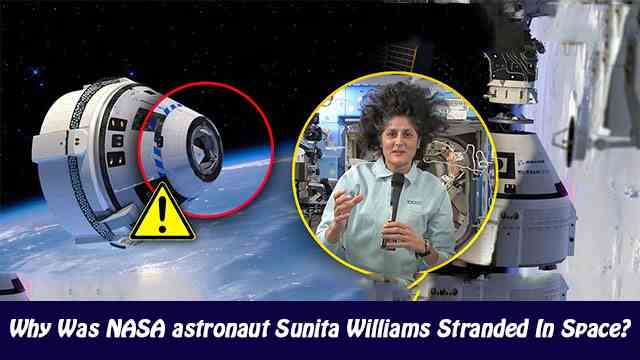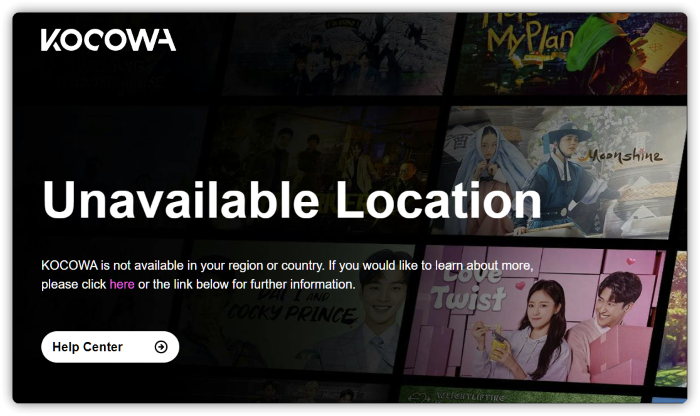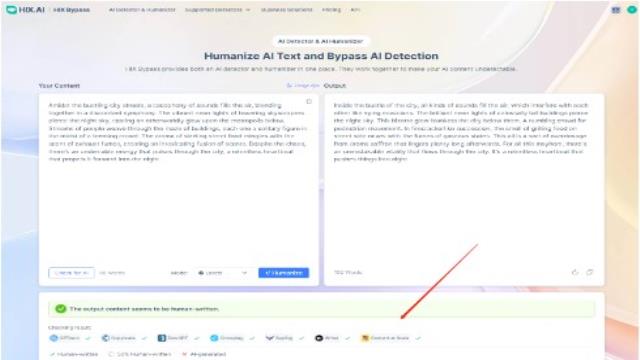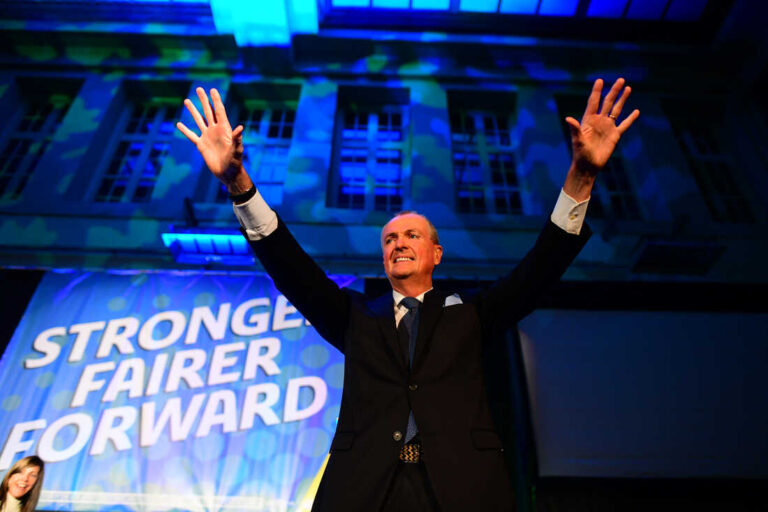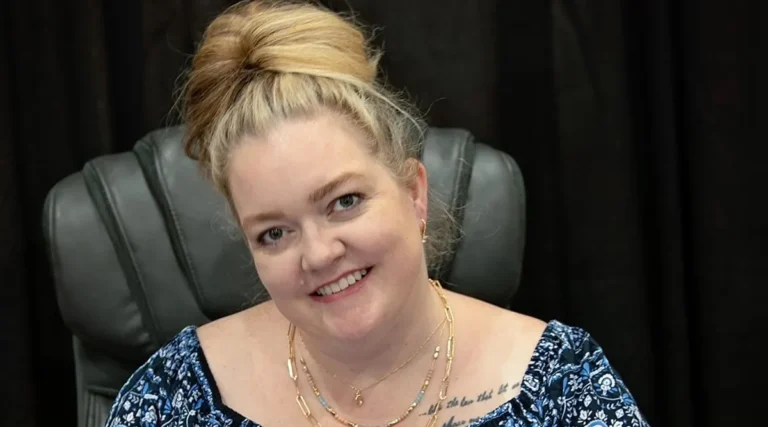Why Was NASA Astronaut Sunita Williams Stranded In Space?
5th June 2024, at 10:52 AM, a Starliner spacecraft was launched in America. It was carrying two experienced astronauts from NASA: Commander Barry E. Wilmore and Pilot Sunita Williams. They were going on a small trip to the International Space Station. The spacecraft they were traveling in, Starliner, is a bit special. It was built by a private company, Boeing.
Boeing Crew Flight Test with Pilot Sunita Williams
The same company that makes aeroplanes and recently, many of those aeroplanes crashed. This Starliner spacecraft is still in the developing stage. And this particular mission was the last step to test the capabilities of the Boeing Starliner. That’s why this mission was literally named Boeing Crew Flight Test. The next day, after 27 hours, at 1:34 PM, this spacecraft begins docking at the International Space Station. It was a successful docking. And after some time, both the astronauts happily enter the Space Station. Look at this article. Pilot Sunita Williams was so excited while entering. This successful docking meant that Boeing became the world’s second private company to make and fly a human orbital spacecraft. Before this, only SpaceX had done this. To date, only 3 countries have been able to do this: Russia, the USA, and China.
A Short Celebration
But the celebration for this good news could not last long. This Starliner mission was supposed to last only 8 days. These astronauts had to return to Earth after 8 days. But today, even after 3 months, both these astronauts are stuck in space. There are many problems with this spacecraft because of which it cannot be used again. According to NASA, these astronauts will remain there for 8 months. How did this failure happen? How much can we blame Boeing? Let’s understand this situation in this article. Before starting the article, it is important to clear one thing here that though both of these astronauts are stuck in space, they are not in any kind of danger.
Life on the ISS
The International Space Station is more than 350 feet long end to end. It can accommodate many people. The living and working space on the ISS is bigger than a 6-bedroom house. There’s space for 6 people to sleep on the ISS. There’s enough food, water, clothes, and oxygen supply system. There are two bathrooms, a gym, and a 360° view bay window. Although it is not a luxury hotel, it is a good place to stay comfortably and survive.
Recycling Systems
The ISS has its own oxygen-generating system which generates oxygen through the electrolysis of water. It also recycles oxygen. When we exhale, we release a high quantity of carbon dioxide, as well as oxygen to some extent. So, being able to extract that oxygen, recovering it, and using it again, it can do that. Similarly, there is an excellent recycling system for water too. Urine is recycled into drinking water. Apart from this, the water recycling system can also capture all traces of moisture that is released as breath or sweat. And in terms of food, the ISS carries food reserve for 6 months. And in every 5-6 months, the crew members on the ISS keep rotating.
Current Crew Members
Right now, the crew members of Expedition 71 are in the ISS. The article you saw earlier in which Sunita Williams was excitedly entering the ISS, in that article, you can see other astronauts they are a part of the Expedition 71 and were already living in the ISS. These 4 astronauts are from NASA: Matthew Dominick, Mike Barratt, Jeanette Epps, and Tracy C. Dyson. And 3 astronauts from the Russian Space Agency Roscosmos: Oleg Kononenko, Nikolai Chub, and Alexander Grebenkin. Typically, there are 6-7 people on these expeditions, and this number, Expedition 71, indicates that this is the 71st team of crew members that have gone to the ISS on rotation. These expeditions have been going on for 24 years. In the year 2000, when the International Space Station was first launched. Since then, the ISS hasn’t been left empty for extended periods of time. Someone or the other has lived in it.
Upcoming Changes
The Expedition 71 will end on 24th September 2024, and these astronauts present in the ISS will return to Earth. And they will be replaced by the crew members of Expedition 72. And they can bring more food for these two astronauts. For now, NASA has said that Barry and Sunita, these two astronauts, are now parts of Expeditions 71 and 72, and they are now conducting research and experiments with the other astronauts. It’s not like these two astronauts are stuck in space and are getting bored with nothing else to do.
Research Focus
Expedition 71 is currently researching space botany, how flowers can be grown in space. On space-caused fluid shifts, on algae-based life support systems, as well as neuro-degenerative diseases and therapies are being researched at the ISS. Both Barry Wilmore and Sunita Williams are highly experienced astronauts. Barry is 61 years old; he had already spent 178 days in space before this mission. Sunita Williams is an Indian-origin astronaut like Kalpana Chawla; although she was born in America, she is 58 years old, and before this mission, she has been in space for 322 days. Before this, she was a part of the Expeditions 14, 15, 32, and 33. She was also the commander of Expedition 33, so you can see how experienced she is.
Supply Challenges
So, overall, these two astronauts should not have any problem, because they’ll have food, water, and oxygen. Clothes were a little problematic because they were carrying clothes for only 8 days; they weren’t carrying many things. But to solve this, NASA sent a shipment of their personal belongings on 6th August. So, this was about the astronauts. But now, let’s talk about the problematic part: this Starliner spacecraft.
Overview of Starliner
Boeing’s Starliner spacecraft is an orbital spacecraft. Its name is Cruise Space Transportation-100 Starliner, also known as CST-100 Spaceliner. After SpaceX, Boeing is the only private company that has been able to launch an orbital spacecraft to the ISS. Now, what does an orbital spacecraft mean? Orbital spacecraft are launched at such high velocities that they can reach Earth’s orbit and then orbit around the Earth. It requires a speed of more than 28,000 km per hour. On the other hand, suborbital spacecraft reach the edge of space but they cannot reach high enough to orbit Earth. They reach the orbit for a while, experience a little weightlessness, and then they come back down. The typical velocity of a suborbital spacecraft is less than 7,000 km per hour. Clearly, building an orbital spacecraft is much more difficult than building a suborbital spacecraft, especially an orbital spacecraft that can facilitate human travel.
Challenges for SpaceX and Boeing
Apart from the private companies SpaceX and Boeing, only 3 countries have been able to make a human orbital spacecraft: China, Russia, and the USA. And India is trying. Our Gaganyaan mission will aim at this: sending humans to space in an orbital spacecraft. The first orbital test flight will be in December this year. Although, it will be an uncrewed flight. That is, there won’t be humans in it. For the first test, they will seat a humanoid named Vyomitra. Basically, they will test the spacecraft using this doll. Because if we start by sending humans and if a problem arises, it can be devastating.
NASA’s Commercial Crew Program
If we come back to NASA, they started their commercial crew program in 2011 according to which they can collaborate with private companies. Many companies bid for this program including Blue Origin, Sierra Nevada, and in 2014, SpaceX and Boeing were selected for this program. The first SpaceX Crew-1 flight was launched in November 2020, and it was a success. This was their spacecraft named Crew Dragon. It looks very similar to Boeing’s Starliner spacecraft, which looks like this. The crew module can seat 7 people. There is a window and a side hatch. You can see its interiors too. It shows a 5-person crew setup. The noteworthy elements are its thrusters. These help the spacecraft fly and move in different directions.
Problems Unfold
These thrusters became the root of the problem due to which these astronauts are stuck in space right now. Similar uncertainties and difficult times can befall us at any time, especially now that there are so many kinds of illnesses and diseases. To keep ourselves and our families secured in the face of such uncertainties, we need to have a health insurance. Especially now that the experts claim that health insurance is the need of the hour. In India, medical inflation has reached 14%. According to the 2021 Finance Commission Report, 70% of the expenditure on health is borne out of pocket, because of which 60 million Indians are pushed into poverty each year. Look at the National Insurance Academy’s 2023 report, unveiled by IRDAI, it shows that 73% of the Indian population isn’t covered by health insurance. Since then, IRDAI has been working towards its vision, Insurance For All by 2047. Having health insurance doesn’t prevent health problems, but it gives you peace of mind. And you get financial health when you need it the most.
The Road to Failure
The Starliner was initially scheduled to launch on 6th May 2024. Just a few days before that, there was a test flight for it. That was supposed to be the last one. But during the test, a faulty pressure valve led to a last-minute cancellation. When they tested it again, several other attempts were made, but there were issues like helium leaks and thruster malfunctions. After these multiple leaks and thruster failures, NASA and Boeing engineers recognized that they were facing a significant systematic problem. Commander Barry Wilmore had to manually control the spacecraft for successful docking.
NASA’s Safety First Approach
NASA has always prioritized safety, especially after the tragic Challenger disaster in 2003. In light of the problems with the Starliner, it’s been decided that the astronauts will be returned to Earth using SpaceX’s Crew Dragon spacecraft during the Crew-9 mission in February 2025.
The Competitive Landscape
Boeing’s challenges in the space sector reflect ongoing issues within the airline industry as well, with the 737 MAX being a focal point of concern. Recent incidents have prompted scrutiny over Boeing’s safety measures, leading to widespread grounding of their aircraft. As we reflect on these events, it’s clear that the journey to make space travel safe and efficient is fraught with challenges. Boeing’s failures, both in aerospace and aviation, underscore the importance of accountability and continuous improvement in safety standards.

